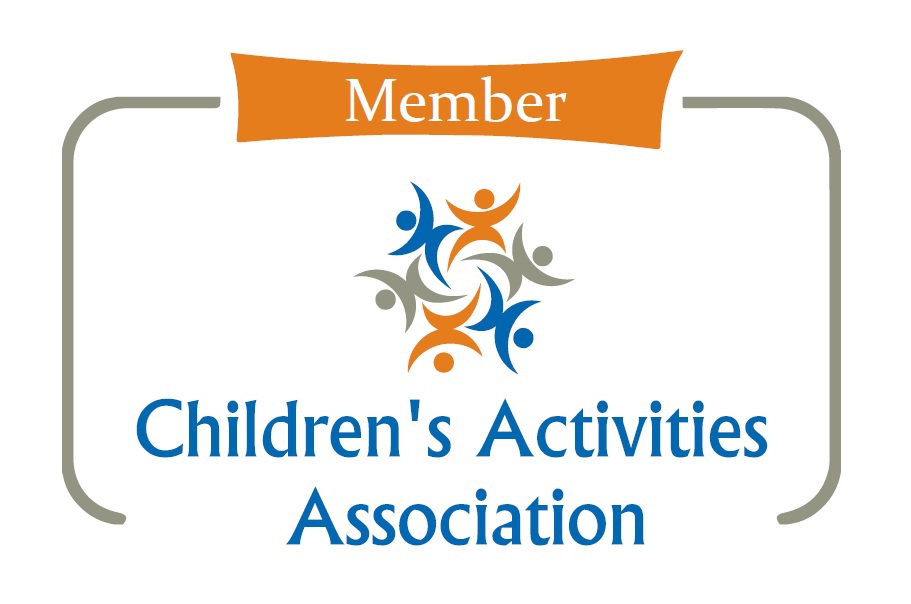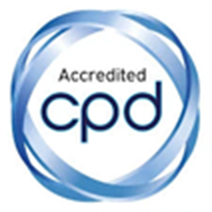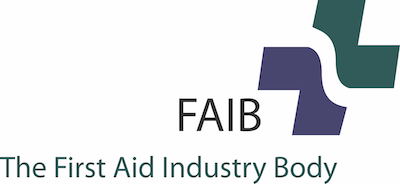This Friday it's World Sepsis Day, and with 5 people losing their lives to sepsis every hour in the UK, we need to take it seriously. You might be surprised to hear that sepsis kills more people than deaths from breast, bowel and prostate cancer combined. And yet a recent poll by The UK Sepsis Trust (UKST) found that 1 in 3 of us would not treat sepsis as a medical emergency. That's why we've teamed up with UKST for this really important blog - "Step Up to Sepsis" this September and learn the signs and symptoms of this life threatening condition - it could save the life of someone you love.
Many people have never heard of sepsis, or if they have, people
are often confused about what it is, and what signs to look out for. If it isn’t treated immediately as a medical
emergency, it can take someone’s life in under 24 hours.
Although it can affect anyone of any age, pregnant women, women who have recently given birth, babies and young children are some of those most vulnerable to developing the condition.
Thanks to Mini First Aid, we (the UK Sepsis Trust) are able to share the symptoms to look out for, and what to do if you suspect sepsis, so that you can protect yourself and your children.
We completely understand that pregnancy and parenthood can be really stressful at times, and this blog post is not meant to frighten or give you ‘another thing to worry about’! The idea is to empower you with knowledge about sepsis so that if something doesn’t feel right, you have the confidence to contact your healthcare professional and Just Ask: “Could it be Sepsis?”
What is sepsis?
Sepsis is a life-threatening condition that arises when the body’s response to an infection injures its own tissues and organs.
It occurs when the body’s immune system – which normally helps to protect us and fight infection – goes into overdrive. It can lead to shock, multiple organ failure and sometimes death, especially if not recognised early and treated promptly.
The most crucial thing to
understand is that sepsis can be triggered by any infection. Some of the most common causes of sepsis in both adults
and children are from urinary tract infections, infected cuts or bites, a wound
from trauma or recent surgery and chest infections.
If not caught quickly enough, sepsis can result in organ failure, possible amputation and even death. However, with early diagnosis it can be treated with intravenous antibiotics and fluids, and the outlook is often good for the vast majority of patients who proactively seek urgent medical attention.
Symptoms of sepsis
There’s no ‘one sign’ and it can be difficult to identify sepsis, especially in babies and young children. If you or your child display any of the symptoms below or feel more unwell than you ever have ever been before, seek immediate medical advice and Just Ask: “Could it be sepsis?”
Symptoms of sepsis in adults:
· Slurred speech or confusion
· Extreme shivering or muscle pain
· Passing no urine in 24 hours
· Severe breathlessness
· It feels like you’re going to die*
· Skin that's mottled or very pale. Darker skin tones may show colour changes in more lightly pigmented areas, like the inside of the forearm or palms
*Many people are surprised
to see ‘It feels like you’re going to die’ listed as a symptom, but this is
frequently reported amongst people who have suffered from sepsis! Many people
who survive say that it was the most unwell they’ve ever felt, and that it
feels incredibly frightening.
The most common symptoms of sepsis in children are:
· Very fast breathing
· A seizure or a ‘fit’
· Skin that's mottled or pale. As with adults, darker skin may show colour changes in more lightly pigmented areas, like the inside of the forearm or palms
· Rash that does not fade when you press it
· Very lethargic or difficult to wake
· Abnormally cold to touch
The most common symptoms in children under 5 are as above, and also include:
· Not feeding
· Vomiting repeatedly
· Not passing urine for 12 hours
Ash and Hannah's story
Mum of two Hannah’s life took a drastic turn six weeks into a blissful new routine with her new-born son, Ash. While Ash has since made a full recovery from sepsis, Hannah wants to share how important it is for parents to trust their gut instincts and seek urgent medical attention for their child. It might just save their life…
Maternal sepsis
Pregnant women and women who have recently given birth are at risk of developing maternal or postpartum sepsis. This can be caused by complications during pregnancy or birth, invasive procedures and infections (which sometimes can be unrelated to pregnancy, such as a chest infection). Some of the main causes of sepsis in this group of women are miscarriage, caesarean sections, prolonged or obstructed labour, infection following birth, and mastitis. If you notice any of the following symptoms in yourself or a loved one, it’s crucial to seek immediate medical advice by calling 111, 999 or going straight to A&E. Find out about maternal sepsis here.
Poppy was 26 and pregnant with her second child when, at 34 weeks, she started to experience pain in her side. She has bravely shared her sepsis story with us to help raise awareness of the condition in this video:
For more information about sepsis please visit The UK Sepsis Trust website and for up to date information about the work of the charity please follow our social media pages.
If you’ve been affected by sepsis, UKST offer a completely free and confidential support service, run by specialist NHS sepsis and ICU nurses with many years’ experience. They’re passionate and dedicated to help those struggling with grief, having problems with your recovery or trying to support a loved one. The team operate a support telephone line and email service, as well as free support groups. Please click here for more information and to get in touch.
A note on antibiotic stewardship: The UK Sepsis Trust state that antibiotics can cause harm if given inappropriately and doctors should always prescribe with caution. In the case of sepsis however, they are the single most important life-saving measure.
Thank you so much to The UK Sepsis Trust for this invaluable information - why not pass on what you've learned to a friend or family member? You never know when they might need it.
Mini First Aid work closely with The UK Sepsis Trust to make sure our trainers have the most up to date knowledge. You can learn more about sepsis at our 2 hour Baby and Child class, or listen to our sepsis podcast with NHS consultant and sepsis specialist, Dr Ron Daniels.
Stay safe this September, The Mini First Aid Team x
Our great value Home and Away Bundle

Our Home and Away Bundle is just the thing for busy families. Our smaller Mini First Aid kit fits perfectly in your change bag or under the buggy for those evryday mishaps when you're out and about. And our larger Family First Aid kit is great for use around the home, including an all important digital thermometer for early detection of a fever. Save £££'s when you buy our award winning kits as a bundle.







